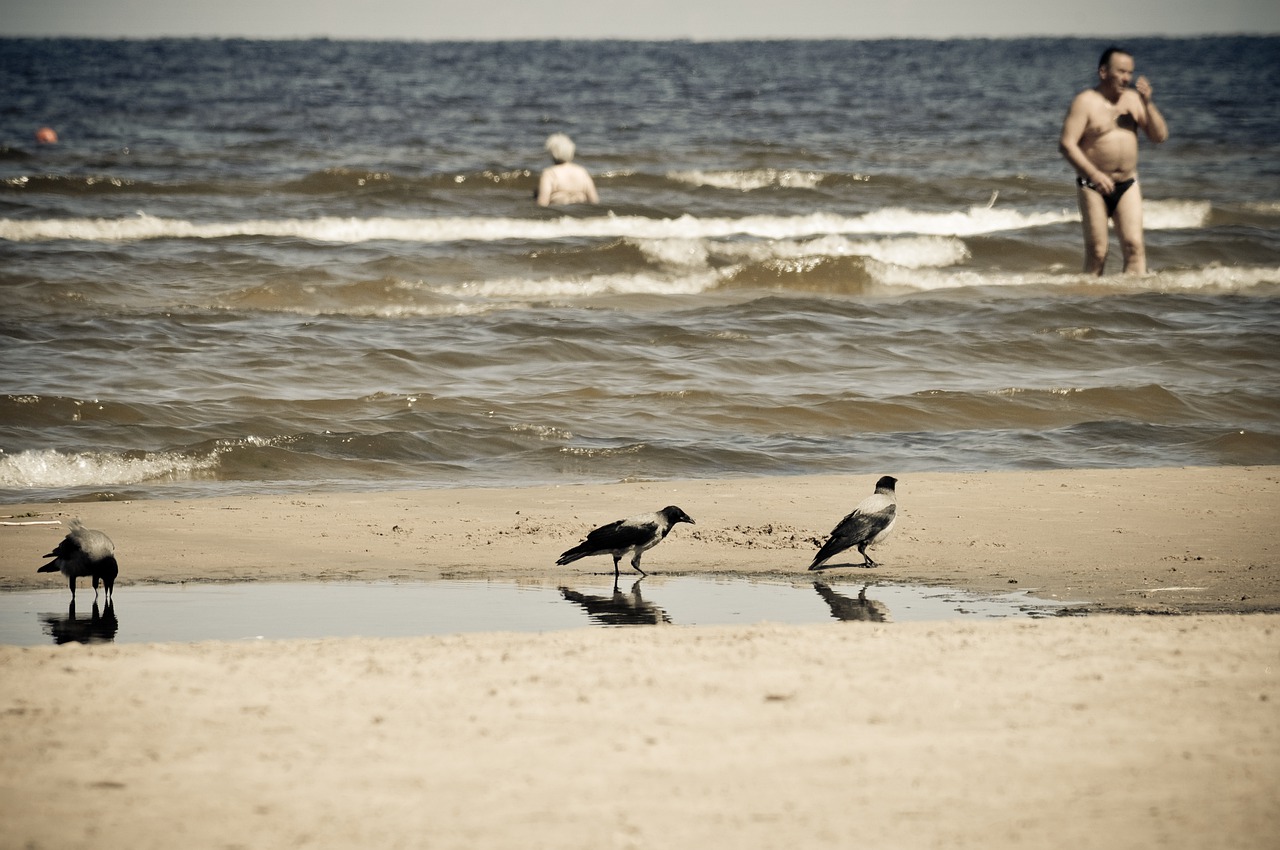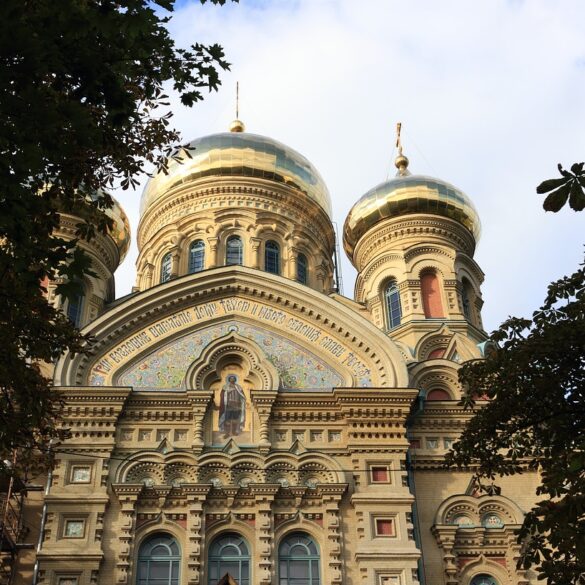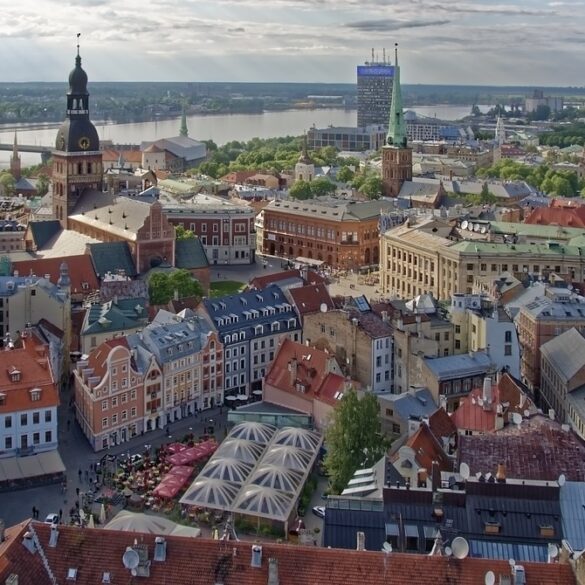
Jurmala, Latvia’s seaside resort, is a must-see for anybody visiting Riga. First and first, it is close to Riga and can be reached by train in half an hour; second, its white sand beaches are simply breathtaking. If next summers are as hot as this year’s, it could become a popular beach and swimming destination in the not-too-distant future. The sea was not warm enough to swim in most of the time in previous years. Jurmala is home to more than white sand beaches and pine forests. Apart from that, there are many more things to see and do in Jurmala, therefore here is a list of things to do in Jurmala besides relaxing on a beautiful beach.
Take a stroll down Jomas Street.
Restaurants, summer terraces, hotels, and cafes line Jomas Street, one of Jrmala’s oldest and most central streets. In Latvian, the street’s name refers to parallel lines in sand dunes. Pedestrian Street, which is a little more than one kilometer long, is well worth traversing the entire length. Every year in July, the Jomas street festival takes place. Guests are entertained by theatre productions, musical performances, and a special children’s program.
Mr. Morberg’s summer villa is worth a visit.
Kristaps Morbergs, a Latvian architect and patron, erected the mansion around the end of the nineteenth century. His vacation house is a historic example of a neo-Gothic wooden building. The University of Latvia is the current owner of the structure. Morberga’s magnificent interiors perfectly blend Gothic, Renaissance, and Art Nouveau styles. High ceilings, enormous windows, intricate stained glass, terraces, and towers characterize this structure. You can book a tour or hire the entire facility or just a portion of it. Guests can prepare their meals in the modern kitchen, which has everything they need.
Dubulti Evangelical Lutheran Church is worth a visit.
The Dubulti Lutheran Church, created by the famed Baltic-German architect Wilhelm Bockslaff, is a fine example of Art Nouveau (Jugendstil) architecture and one of Jrmala’s tallest and most massive buildings. The church in Dubulti can hold about 700 people. The rich sculptural features of the structure, as well as the décor of ornamental sculptural details and the diversity of the facade decoration, clearly illustrate the history of national romanticism. Look at the church’s concert schedule.
Admire the architecture of private homes and villas.
Wooden architecture, particularly small homes with ornamental tower lets and glazed verandas, is one of Jrmala’s distinguishing traits. They were mostly built as vacation homes in the late nineteenth and early twentieth centuries. The intricate and inventive carvings that adorn the window frames, facades, and roofs of these structures are a distinguishing feature.
Take a selfie with one of Jurmala’s signs.
Jurmala has a number of interesting and even bizarre works of art. They are fairly popular among guests, and you can choose where you want to snap your selfie. So there you have it. “Globuss,” Latvia’s oldest huge globe, is located at the intersection of Turaidas and Jomas streets. Globuss was founded in the early 1970s and has become a symbol of the era, as evidenced by the countries’ territories on the world map.



